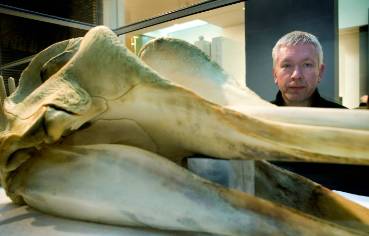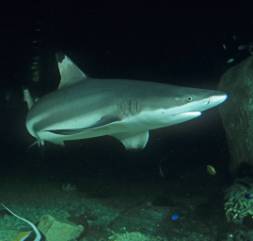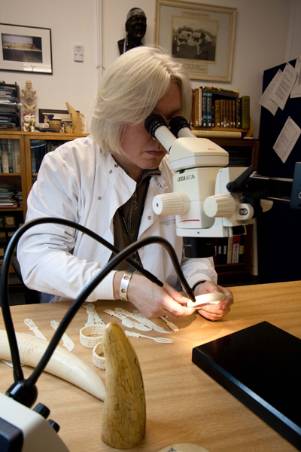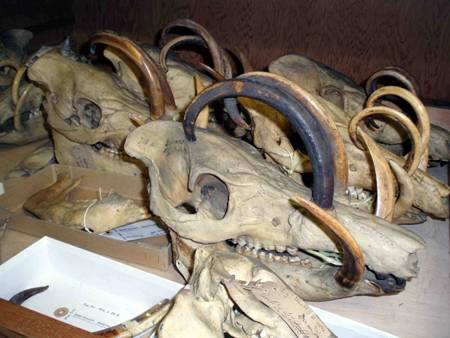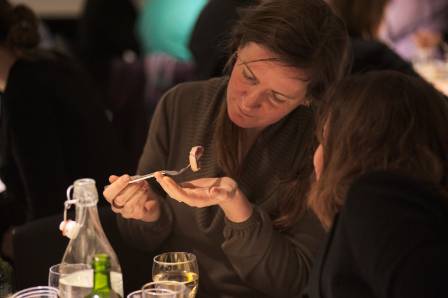Phew, hot off the press, we've just released tickets for our October evening event.....Biodiversity: The Next Step
If you enjoyed the Big Nature Debate, or you're interested to know more about biodiversity, why it's important and what's being done to conserve it, then this is the event for you!
We've got some fantastic speakers and the event will be discussion based, so there'll be lots of opportunity for you to ask questions and discuss your ideas and concerns.
Details below or look on our website.
Biodiversity: The Next Step
Why is biodiversity important? In this, the International Year of Biodiversity, are we any more aware of its significance in our lives, and the fact that it is declining at an unprecedented rate?
This October, the United Nations is holding a global conference to discuss the continued decline in animal and plant species and set new targets to prevent a global disaster. But is it too late? We have already failed to meet the targets set in 2002. Will this time be any different?
Join us and hear from the following invited speakers:
Prof Geoff Boxshall (Merit Researcher, Zoology Department, Natural History Museum)
Peter Unwin (Director General for Environment and Rural, Defra)
Tony Juniper (Writer and environmentalist)
Prof Tom Burke (Environmentalist and Environmental Policy Adviser to Rio Tinto)
Take part in the discussions as we consider what needs to change, and how the goals set by the UN in Nagoya will influence both our own future and that of global biodiversity.
Part of Nature Live Nights.
Tickets £8 each (£7.20 members) plus £1.50 booking fee. Please book online, visit an information desk or phone 020 7942 5725.



